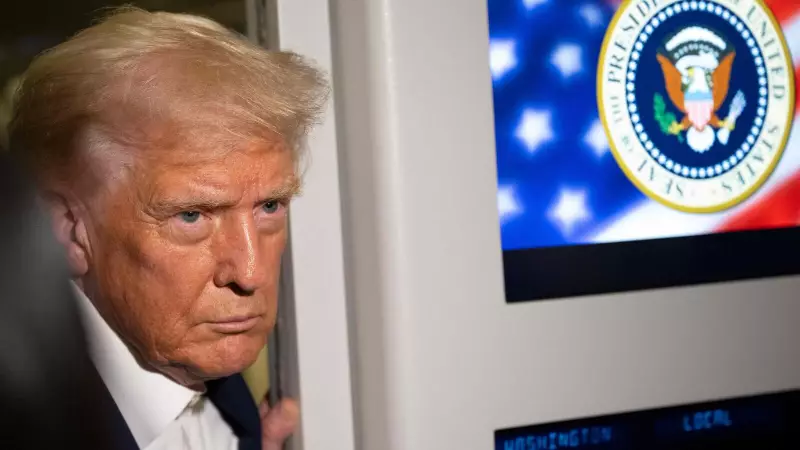
The global economic stage is set for a dramatic confrontation as US President Donald Trump and Chinese President Xi Jinping prepare for crucial face-to-face talks that could determine the future of international trade relations. With billions in tariffs hanging in the balance and markets holding their breath, this high-stakes diplomatic encounter represents a pivotal moment in the ongoing trade war.
The Escalating Trade Conflict
Recent months have witnessed a rapid deterioration in US-China trade relations, marked by successive rounds of retaliatory tariffs that have impacted everything from consumer electronics to agricultural products. The United States has imposed substantial tariffs on $200 billion worth of Chinese imports, while China has responded with carefully targeted measures affecting American farmers and manufacturers.
The economic fallout has been significant, with global supply chains disrupted and market volatility increasing as investors nervously monitor each development in the ongoing dispute. Both nations have experienced economic headwinds, though each government maintains its position in the contentious negotiations.
Key Sticking Points in Negotiations
Several critical issues remain unresolved between the world's two largest economies:
- Intellectual Property Protection: The US continues to press China on stronger enforcement against technology theft and forced technology transfers
- Market Access: American companies seek greater entry to Chinese markets with fewer restrictions
- Subsidies to State-Owned Enterprises: US negotiators want China to reduce support for domestic companies that creates unfair competition
- Trade Deficit Reduction: The Trump administration maintains its focus on narrowing the substantial trade gap between the two nations
Global Economic Implications
The outcome of these negotiations carries profound consequences for the worldwide economy. Financial markets have reacted sensitively to each twist in the trade saga, with stocks fluctuating based on the latest signals from Washington and Beijing. International organizations including the IMF and World Bank have warned that prolonged conflict could significantly slow global growth.
Emerging markets particularly vulnerable to trade disruptions watch anxiously, while European and Asian allies of both superpowers prepare contingency plans for various potential outcomes from the high-level discussions.
Potential Pathways to Resolution
Diplomatic observers suggest several possible scenarios that could emerge from the Trump-Xi meeting:
- Comprehensive Agreement: A broad deal addressing multiple issues simultaneously, though this remains challenging given current positions
- Phased Resolution: A step-by-step approach tackling less contentious issues first while establishing frameworks for more difficult topics
- Temporary Truce: An agreement to suspend further tariff escalations while negotiations continue
- Continued Stalemate: Should talks fail, both nations might implement additional tariffs, further escalating economic tensions
The international business community remains cautiously optimistic that both leaders recognize the mutual benefits of finding common ground, despite the significant differences separating their positions. The complex interplay of economic interests, national pride, and geopolitical considerations ensures that these negotiations will be closely watched by governments, corporations, and investors worldwide.
As the meeting approaches, analysts emphasize that even small gestures of goodwill or minor concessions could signal important shifts in the negotiation dynamics. The personal chemistry between the two leaders, who have developed an unconventional relationship marked by both camaraderie and confrontation, may prove as significant as the formal negotiating positions in determining the outcome.





